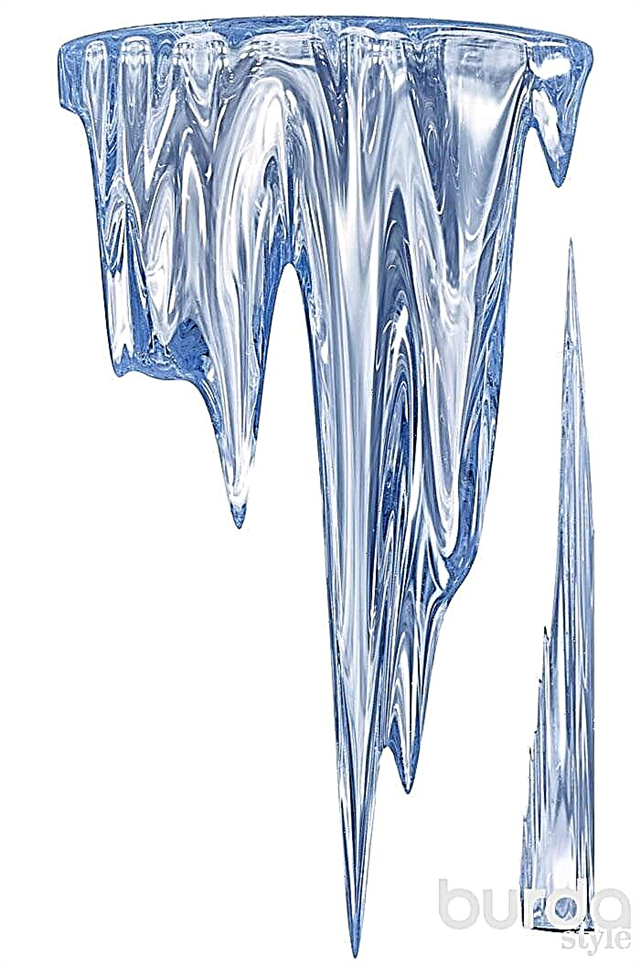In the cold, when the body's defenses are weakening, various problems with our skin can occur.
Almost every person at least once encountered skin irritation: noticed redness, rashes, swelling, felt a burning sensation or itching. Doctors unite all these symptoms with one concept - “dermatosis”. Various diseases can be hidden under his mask, and often they are exacerbated in the winter, when the skin is constantly experiencing the effects of cold, wind and other adverse factors.
-
Atopic dermatitis
This is a chronic allergic inflammation of the skin - from banal urticaria to eczema. Nowadays, it is the most common type of dermatosis. And more often than not, the fair sex is faced with him. The disease, as a rule, first manifests itself in childhood, but at the age of 30–40, most people pass by itself and practically do not occur after 40–45 years. Atopic dermatitis refers to diseases with a hereditary predisposition, which manifests itself under certain conditions: poor ecology, chronic stress, concomitant chronic diseases, etc.
Tip
Atopic dermatitis “loves” dry, dehydrated skin. Therefore, in winter, before going out, apply a thin layer of oily cream on the face and hands. Do not forget to use hygienic lipstick. If necessary, take antihistamines prescribed by your doctor.Do not forget to use hygienic lipstick. If necessary, take antihistamines prescribed

What's in the wardrobe?
With atopic dermatitis and cold urticaria, general hypothermia should be avoided, so dress in the weather.
The jacket or down jacket should be waterproof, protect from wind and cold, if possible have a hood. When choosing gloves, stop at water and airtightness instead of the usual knitwear. Buy underwear from cotton: wool and synthetics can enhance allergy symptoms.
Cold urticaria
If, after a walk on a frosty day, the skin turns red, itches, it blisters and the unpleasant symptoms do not go away in a warm room for a long time, then you are most likely allergic to cold. The mechanisms of its occurrence differ from ordinary allergic reactions, so doctors attribute it to the group of pseudo-allergies. Indeed, there is no allergen per se. There is a physical factor - cold air and snow, which provoke unpleasant symptoms. To a greater extent, cold hives affect young women. It appears in open areas of the body (face, hands), as well as on the calves, the inner surface of the thighs, under the knees.

Often the impetus for the development of the disease is transferred infections or chronic inflammatory processes in the body (tonsillitis, sinusitis, caries, cholelithiasis, etc.).
Tip
If you suffer from cold urticaria, warm yourself gradually.Try not to use heating pads, heaters, or take a hot shower or bath immediately after returning from the cold - this can aggravate unpleasant symptoms.

Caution, cosmetics!
When buying new mascara, cream or perfume, pay attention to the content of allergic substances in them.
PRESERVATIVES These include parabens, tetranyl U, formaldehyde, bronopol. Even their insignificant concentration in cosmetics can provoke an allergy.
- FRAGRANCES They give cosmetics a pleasant smell, but at the same time, these artificially synthesized substances can be dangerous. Give preference to fragrance-free products with a minimal amount of impurities.
- DYES Coloring products for eyebrows and eyelashes, especially with chrome compounds, can cause lacrimation, itching of the mucous membranes of the eyes, spasms and swelling of the eyelids.
ESSENTIAL OILS They are used as preservatives, fragrances. In high concentrations, they penetrate into the deeper layers of the skin and are dangerous allergens.
Contact dermatitis
It occurs in places where the skin comes into contact with one of the allergens. The latter may include metal watches, soap, shampoo, detergent, dishwashing detergents, cosmetics, perfumes, latex gloves, paints and varnishes, building materials, etc. In winter, leather and fur products can cause contact dermatitis: shoes, mittens and gloves, collars. In this case, often the culprits of dermatitis are not wool or skin, but the substances with which the products are processed during painting or dry cleaning.With contact dermatitis, a local allergic skin reaction to a chemical allergen occurs, which causes a lot of trouble.
Tip
Have you bought a fur thing? Be sure to test it: rub the inside of the forearm with fur and wait 4-5 hours. If you notice dermatitis on the skin, it is better to immediately return the item to the store.

Right menu
Often the impetus for the development of dermatosis can be some foods. Therefore, people with an "allergic" heredity need to give preference to a hypoallergenic diet.
It is advisable to exclude from the diet milk, chicken, eggs, fish, citrus fruits, canned goods, smoked meats, fried foods, coffee, chocolate, honey, nuts. The basis of the diet should be vegetables, dairy products, cereals, boiled meat.
-Photodermatosis
With an excessive skin reaction to solar radiation, the most affected are open areas: face, ears, neck, décolleté, hands. With a tendency to photodermatosis, medications with a photosensitizing effect (tetracycline, antifungal, diuretics, etc.) should be used with caution - they further increase the sensitivity of the skin to UV rays. In addition, some foods (lime, figs, parsley, mustard, carrots, celery) also contain photosensitizing substances and can aggravate the course of the disease.
Tip
Are you going to have a rest in hot countries in the winter? Remember to bring sunscreen with you. Going to the beach, do not use perfume and try not to take pills - allergy provocateurs.
TEXT: ELENA SHVEDOVA.PHOTO: PICTUREPRESS / EASTNEWS; APRIL CAT / PICSFIVE / MARA ZEMGALIETE / FOTOLIA.COM (3); LEGION-MEDIA (3).



